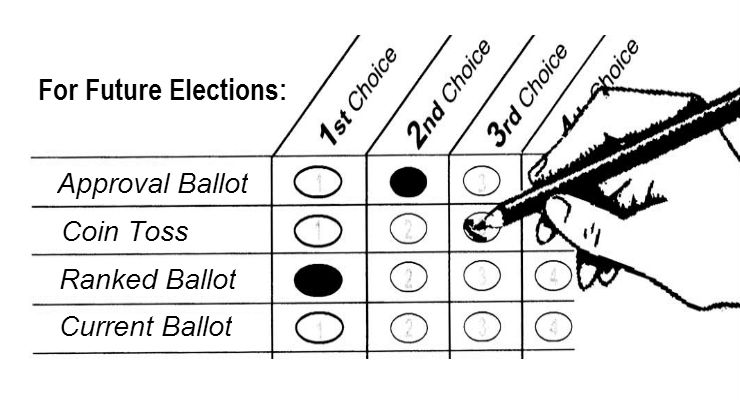
Maine only became the first state to ever use the ranked choice voting system in 2018. Since then, a flurry of states and localities have been considering a switch to the unique system. A change to ranked voting and away from the universally used plurality voting system is beginning to be seen by many in both parties as a potential gamechanger. The latest news on this front comes from the local Sun Current newspaper.
FairVote Minnesota will host a ranked-choice voting demonstration this weekend in Bloomington using doughnuts, coffee, juice and water to aid in the presentation.
In a multi-candidate field, ranked-choice voting allows voters to cast votes for more than one candidate by assigning an order of preference to the candidates. A voter’s second choice only counts if the first choice is eliminated after the initial vote tally. The Creekside demonstration will include sampling and ranking of doughnuts.
See the full story here. So what is ranked choice voting? According to Democracy Chronicles’ friends at at the nonpartisan nonprofit FairVote, an organization with its headquarters in Takoma Park, Maryland:
Ranked choice voting (RCV) makes democracy more fair and functional. It works in a variety of contexts. It is a simple change that can have a big impact. With ranked choice voting, voters can rank as many candidates as they want in order of choice. Candidates do best when they attract a strong core of first-choice support while also reaching out for second and even third choices.
When used as an “instant runoff” to elect a single candidate like a mayor or a governor, RCV helps elect a candidate that better reflects the support of a majority of voters. When used as a form of fair representation voting to elect more than one candidate like a city council, state legislature or even Congress, RCV helps to more fairly represent the full spectrum of voters.
Leave a Reply